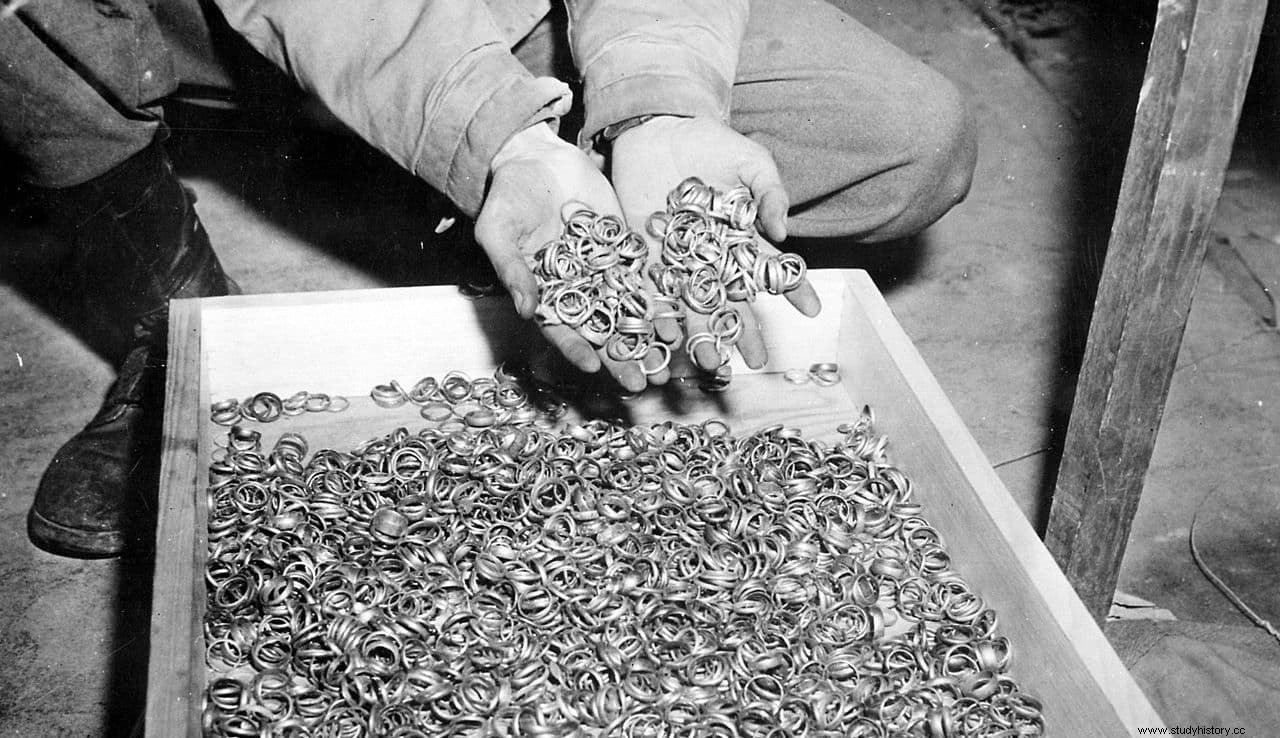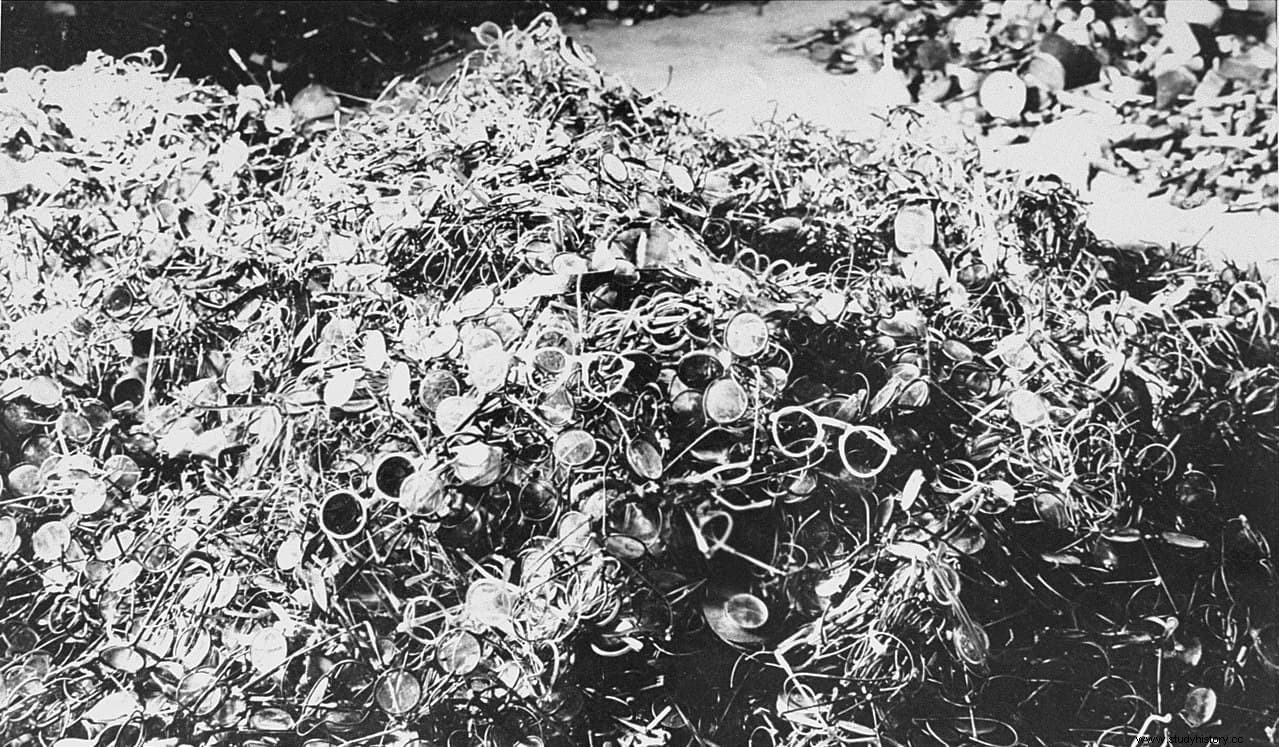The bank accounts that hid the money looted by the Nazis were in the name of a curious character named Max Heiliger.
Among all the outrages committed by the Nazi regime in concentration camps and extermination camps, the appropriation of the material goods of those who were murdered was one of the most common practices.
Jewelry, gold dental pieces, watches, diamonds, legal tender coins and bills, and even objects as common as glasses (which contained some parts of precious metals), became part of the loot mainly of the Schutzstaffel (better known as SS).
At first all gold (including teeth) was sent to the Prussian mint, where it was melted down into ingots. Jewelry and other objects were sold on the black market or to moneylenders in Berlin and other cities. The diamonds were sold in Switzerland, Spain, Portugal, Sweden and other neutral countries. .

All that huge amount of money was later laundered through bank accounts, but obviously no Nazi hierarch was going to put his name on those accounts. So Himmler and Walther Funk, the president of the Reichsbank (Germany's central bank from 1876 to 1945), looked for a solution.
They secretly agreed that all the accounts in which the money from the looting was going to be kept would be in the name of Max Heiliger . Evidently Max Heiliger did not exist, he was simply a fictitious name. Himmler and Funk made it up with obscene black humor, since heiliger means holy in German.
According to William L. Shirer as early as 1942 the Reichsbank was overwhelmed by the growth of Mr. Heiliger's deposits. The bank's vaults were overflowing, saturated especially because until then the ingots from the Prussian mint and precious objects were deposited as is.
It was then that they began the laundering system, converting them into cash through sale in pawn shops. The money obtained was then transferred to Heiliger's accounts. The finance minister was in charge of controlling the balance and balance of the accounts, using the money to pay for the activities of the SS and other Nazi organizations.

In this way, the holocaust was self-financed, since among other things it was intended for the maintenance of the extermination camps, as Gábor Kadar and Zoltan Vagi point out in their book on the financing of the Nazi genocide. It is even known that the highest income came from Auschwitz. As data, only the shipment of gold that was made on November 24, 1944 to the Prussian mint exceeded 25 tons.
When the Nazis saw the war lost they tried to hide all that gold, in abandoned mines and other places. Much of it was lost forever and has been the subject of tireless search ever since. In fact, from time to time, news appears about discoveries of trains loaded with ingots, or secret underground chambers. Of whom not a trace remains is Mr. Heiliger.
